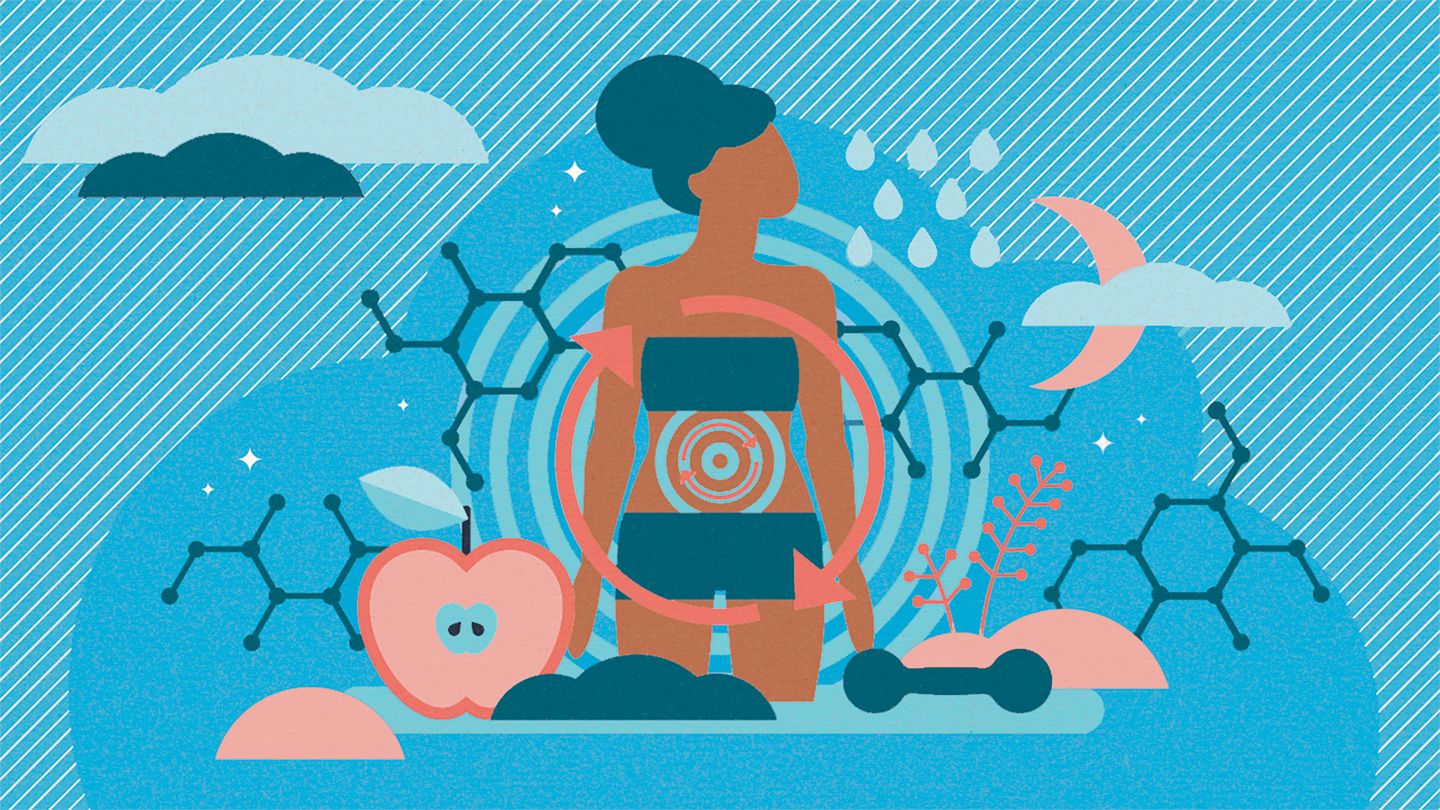Drug Metabolism: A Short Overview
Biochemical modification or alteration of drug inside the body (lung, liver, intestine, and stomach) it’s called drug metabolism.
In other word, Drug metabolism is the metabolic breakdown of drugs by living organisms, usually through specialized enzymatic systems.
Purpose of drug metabolism
The purpose of metabolism in the body is usually to change the chemical structure of the substance, to increase the ease with which it can be excreted from the body.
It converts the drugs to highly polar compound, more water soluble and more lipid insoluble. Polar compounds are lipid insoluble, so cannot be reabsorbed from kidney so they easily excreted.
In maximum cases, drug becomes inactivated when metabolized. However, the metabolites of some of the drugs are pharmacologically active and exert an effect on our body. In fact, the active metabolite of some medications is mainly responsible for the principal action of the drug. In this case, the drug formulation is referred to as a prodrug.
Phases of drug metabolism
Drug metabolism occurs in 2 phase:
1) Phase I
2) Phase II
1) Phase I (non-synthetic reaction)
Lipid soluble drug converted to water soluble drug or hydrophilic by introducing or removing functional group (-OH, NH2, -SH etc.). But sometimes some drugs doesn’t convert to hydrophilic and going to phase II.
Reactions involved in phase I:
A. Oxidation:
- Microsomal:
Phenobarbitone → parahydroxyphenobarbitone → imipramine → Desipramine
- Non-microsomal:
Ethanol→Acetaldehyde→Acetic acid→5 (OH) tyramine→5 (OH) indole acetic acid
B. Reduction:
- Microsomal:
Cortisone → Hydrocortisone → Halothane → Triflurothane
- Non-microsomal:
Acetic acid → Aldehyde → Ethanol → Chloral hydrate → Trichloethanol.
C. Hydrolysis:
- Microsomal:
Pethidine → Mepridinic acid + Ethanol.
- Non-microsomal:
Acetylcholine → Acetate + choline.
Enzymes required in phase I reaction:
A. Microsomal enzymes:
- Mixed functional oxidase (MFO)
- Cytochrome P-450.
- Transferase.
- Esterase.
B. Non-microsomal enzymes:
- Mono amine oxidase.
- Alcohol dehydrogenase.
- Xanthine oxidase.
- Cholinesterase (Che).
2) Phase II (synthetic reaction)
Phase II reaction also called conjunction phase. Here parent drug or “Phase I” metabolites undergo conjugation with an endogenous substance. That is yield a drug conjugate which are polar and readily excreatable through the kidney.
E.g. Glucoronic acid, sulfonic acid, methyl group
Reactions involved in phase II:
A. Microsomal: Glucoronide conjunction only
- Morphine → Morphine Glucoronide
- Salicylamide → Salicylamide Glucoronide.
B. Non-microsomal:
1. Methylation:
- Nicotinic acid → N-methyl nicotinic acid.
- Norepinephrine → Nor-meta-nephrine.
2. Acetylation:
- Isoniazid (INH) → acetylated isoniazid (INH).
3. Glycine conjunction:
- Benzoic acid → Hippuric acid.
4. Sulphate conjugation:
- Metacresol → Metacresol SO4
5. Ribo-neucleotide conjugation
- 6-mercaptopurine → 6-mercaptopurine ribonucleotide
Enzymes required in phase II reaction:
- UDP glucoronidyl transferase.
- Acetyl transferase.
- Methyl transferase.
- Glycine transferase.
